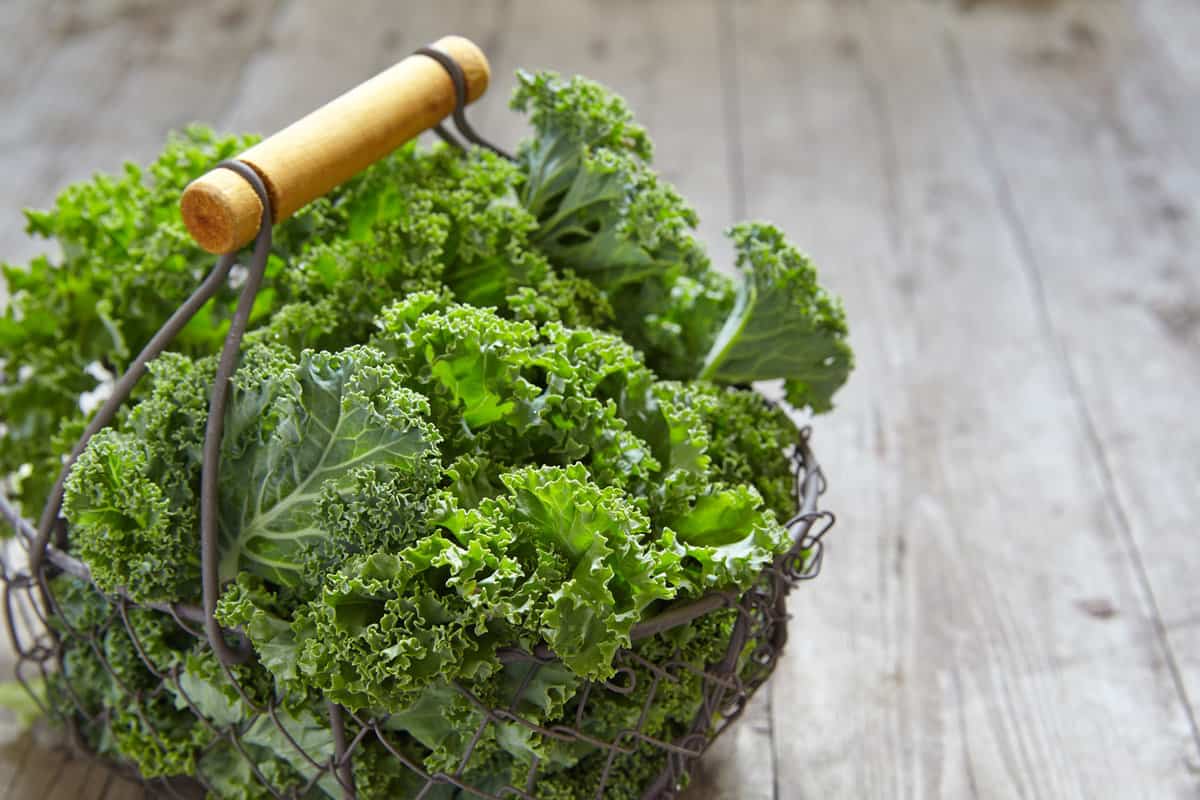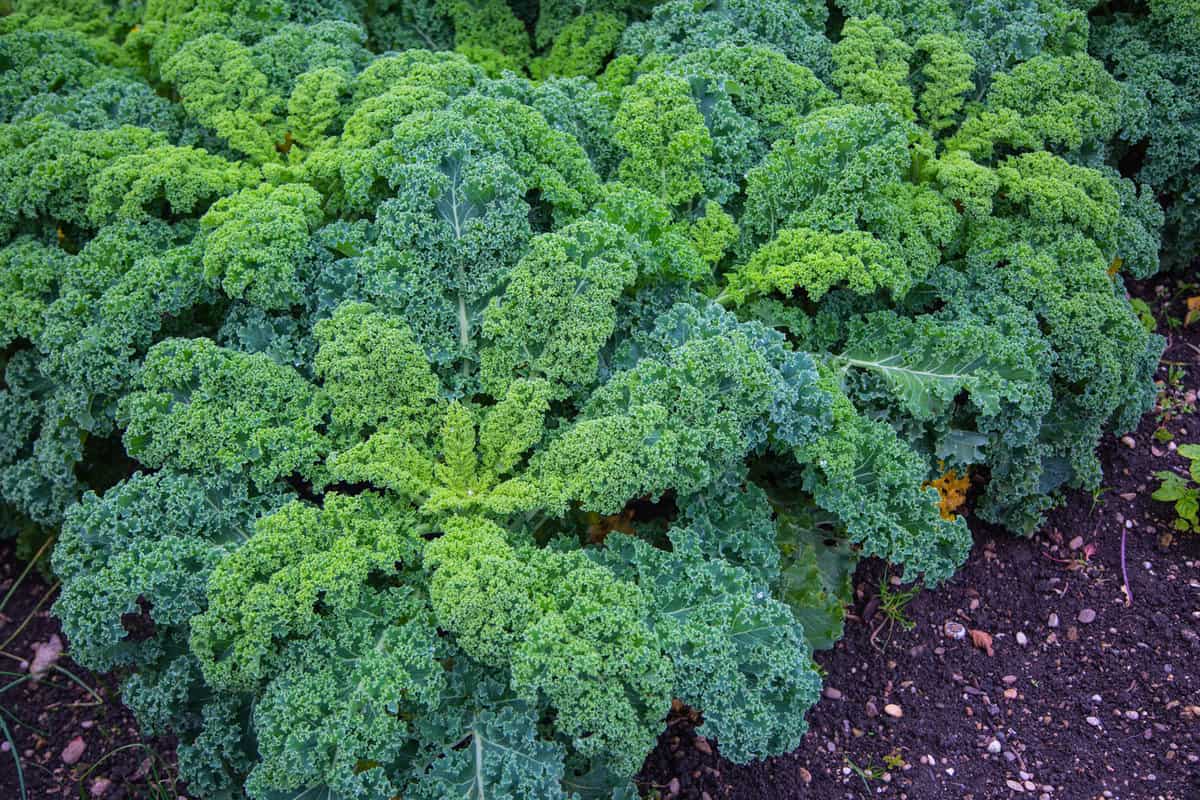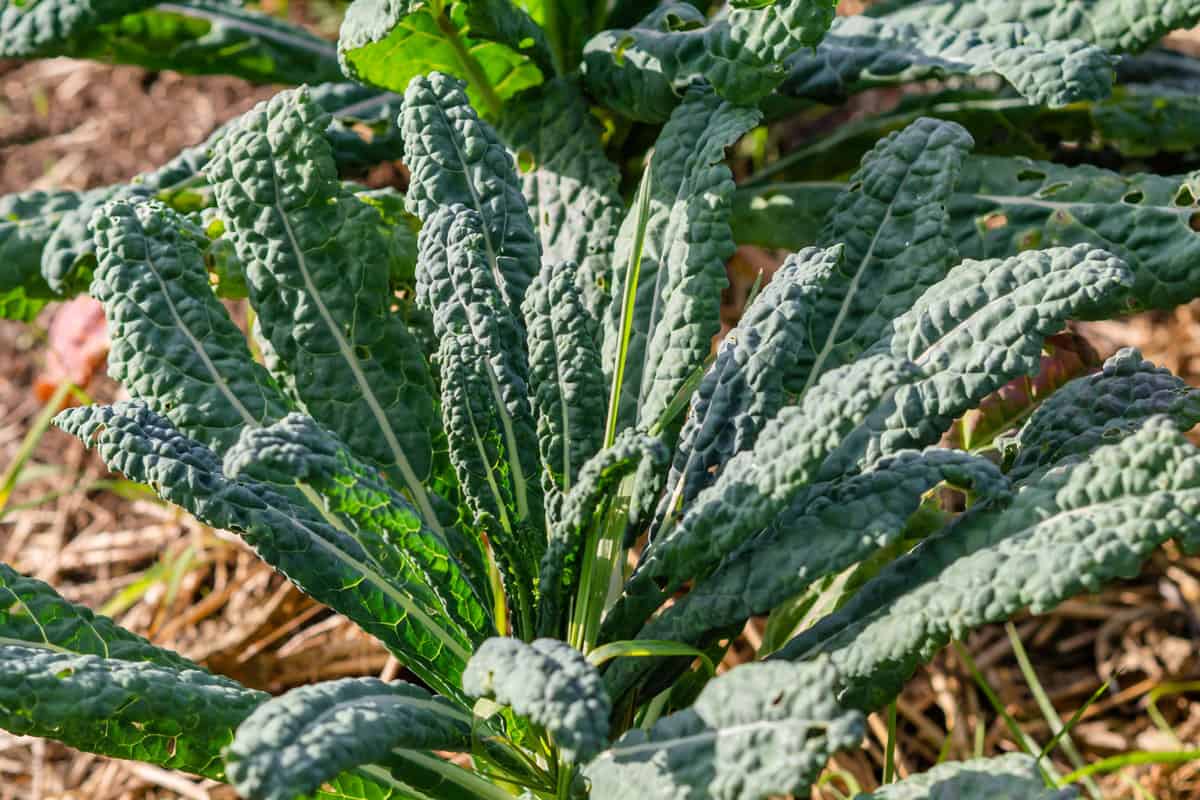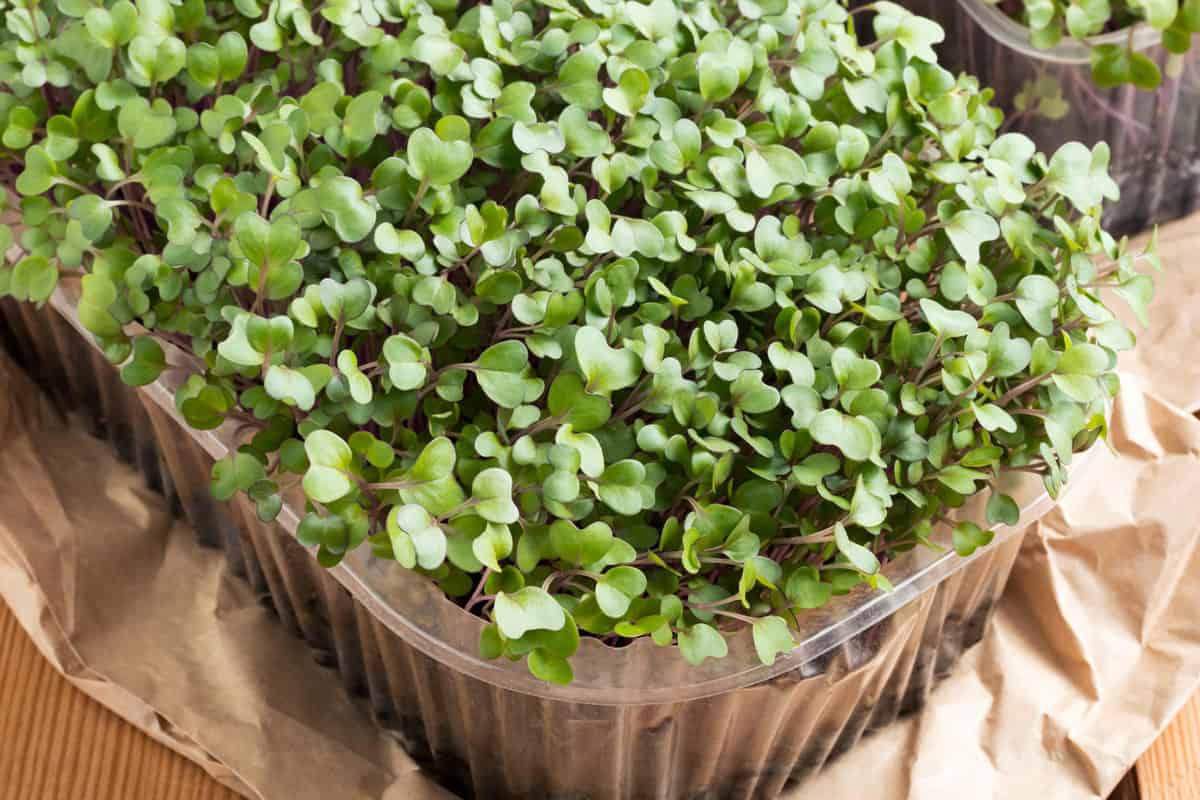The simple joys of a home-cooked meal with freshly sautéed greens on the side! But wait, where's the kale?
Don't panic, because a quick trip to the supermarket can quickly fix that. However, there's something undeniably satisfying about plucking fresh kale right from your garden.
If you enjoy an excellent supermarket find, you might stumble upon kale that's just been picked. This freshly picked kale could be your ticket to growing your own kale garden right at home!
All you need to do is watch for those little plantlets on the main stem of a mature kale plant. Gently pluck them from the node, get a pot ready, and place the stem into some wholesome potting compost.
A little water to keep things moist, and voila! You're on your way to seeing new roots sprout.
The fun doesn't stop there. Kale is a pretty accommodating plant, allowing you to grow it from cuttings.
It's a delight to plant at home, especially when harvest time is around. It's almost like kale loves being in your garden as much as you love having it on your plate!
So, stick around because we're about to dive into the comforting world of harvesting kale from your cozy abode. It's about to get leafy and lovely in here!

How To Grow Kale From Grocery Store Cuttings
Kale is a green leafy vegetable known for its health benefits and nutrients. It's a great vegetable to cook with, and you can have it anywhere from salads to stir-fries.
With nutrients like Vitamins A, K, B6, and C, calcium, potassium, manganese, and copper, it is no surprise that kale has found its way to the dinner table.
It is only in recent years that kale has grown in popularity. It used to be only sold in farmer's markets, but you can now generally find kale in your local grocery stores.
Kale is usually sold in bunches or pre-washed and trimmed at your local supermarket. However, getting a freshly picked bunch can be quite beneficial for you.
Several vegetables can be grown from kitchen scraps and cuttings, provided they are fresh.
Although it is easier to grow kale by propagating them from seeds, you can still re-grow them from fresh grocery store cuttings.
If you get freshly picked kale, you can propagate from plantlet cuttings. All you'll need is a pot, some potting compost, a shovel, and freshly picked plantlets.
From the main stem of your kale bunch, carefully pluck the plantlets by the node. You can dip the end of your plantlet with some rooting hormone to encourage growth, but it's unnecessary.
Place the plantlet in the center of your potting compost and water thoroughly daily. In about 25 days, new roots should develop on your kale plant.
Check out this product on Amazon.
How To Grow Kale From A Main Stem
Alternatively, you can also grow kale from the main stem itself. You'll need an entire branch of mature kale, some sharp garden shears, potting medium, and seedling trays.
Take note of the nodes from the thick main stem of your kale. Cut above and between the nodes in as many sections as possible from one stem.
Place these nodes in potting media separated in the seedling trays and keep them watered and damp. These little cuttings will do better with greenhouse lids, but you should be able to see new roots after a few weeks.
Check out this product on Amazon.
Will Kale Re-grow After Picking?

One of the best things about planting kale is that it is a cut-and-come-again vegetable. This means kale will grow back and regenerate itself if you carefully harvest it.
This makes kale a great vegetable to plant at home because you don't have to keep replanting them to have a steady supply.
You must harvest the oldest leaves first to get bunches of kale multiple times. These leaves can be found on the outermost part of the plant.
To harvest them, use sharp, sterilized shears and clip the leaves and stems. Keep doing this method; your kale will continuously regenerate for more harvests.
How Many Times Can I Harvest Kale?
How many times you can harvest from your kale plant is unlimited.
If you harvest the old leaves first and avoid picking the central bud, your kale plant will keep growing big, beautiful leaves you can enjoy for your meals.
The key is always to follow the correct harvesting procedures.
There are two types of kale that you can typically harvest from your plant. Mature and baby greens can be harvested from a plant but must be harvested at different times.
Both types will keep your kale plant regenerating new leaves with correct harvesting.
If you plan on picking mature kale leaves, you may pick them 60 days after the last harvest.
On the other hand, baby greens can be picked 25 to 30 days after they are sown. Don't over-pick your kale plant's baby greens because it can make your plant die—make sure to get enough occasionally.
What Are The Types Of Kale?
If you are new to this vegetable, many people will typically point you to a bunch of dark green, giant leafy vegetables whenever you look for kale.
However, you'll be surprised to know that there are several kale types, and you can plant most of them at home.
Kale is mainly edible, but you might also find some varieties for ornamental use. For the purpose of this article, it will focus on edible varieties that you can cook and serve during meals.
Curly Kale

For newbies, curly kale is typically the first variant you'll commonly see in supermarkets. The leaves of this variety are curly and ruffled, and you'll sometimes find them in bunches that almost look like bouquets.
This variety is mild-flavored and a great way to introduce first-time eaters to kale.
Curly kale is excellent for pestos, green smoothies, salads, or even chips. The most common variety of curly kale in the supermarket is the 'Winterbor'— a classic green curly-leafed kale.
You might also find a 'Redbor' variety that looks similar but comes in a deep burgundy or purple color.
Lacinato Kale

Lacinato kale, otherwise known as Tuscan or Dinosaur kale, is another popular type of kale that you can find in the supermarket.
It has elongated leaves that are deep blue-green in color, and most cooks and foodies agree that it has a slightly sweet taste and is less bitter than curly kale.
There are a few variants of the Dinosaur kale, most of them typically used in sautées, pizzas, or as toppings. This type of kale is popular in Italian cuisine, so look for this type if you cook Italian food.
The most common Lacinato kale that you'll typically find is called 'Black Magic', and it has been a farmer's staple for many years.
Flat Leaf Kale

Flat-leaf kale, or Russian kale, has frilly leaves that are tender when eaten. This type of kale is exceptionally sweeter than its other counterparts, and you will often see it as a fall crop.
Russian kale has a slightly peppery taste, so this variant has become a favorite for salad and sandwich enthusiasts.
Just like the other types of kale, flat-leaf kale comes in different varieties and colors. Common ones that you'll find in the supermarket is the 'Red Russian', which has reddish stems.
You might also find some 'Siberian kale', milder and sweeter than other varieties.
Baby Kale or Microgreens

Technically speaking, almost all varieties of kale produce babies or microgreens. If you plant your kale at home, they are usually ready to harvest much earlier, within a range of 4 to 14 days after sowing, depending on the specific growth conditions and the variety of kale.
However, you can't harvest too much of these microgreens from your kale plants because doing so might kill them.
If you have a lot of kale plants growing at home, you should be able to harvest a good amount of microgreens at one point.
Unfortunately, you'll have to head to the supermarket if you need lots of these because some kale farms have perfected their breeding efforts for baby kale production.
Final Thoughts
Kale is a very nutritious vegetable you can have all year round if you propagate and plant it at home.
With fresh vegetables always available in the local supermarkets, you should be able to find beautiful kale bunches with healthy mature stems for replanting.
Grow them, and you'll always have delicious greens in your kitchen.
Are you looking to plant more vegetables for your home garden? Look no further because we've got a few articles that you will love:


